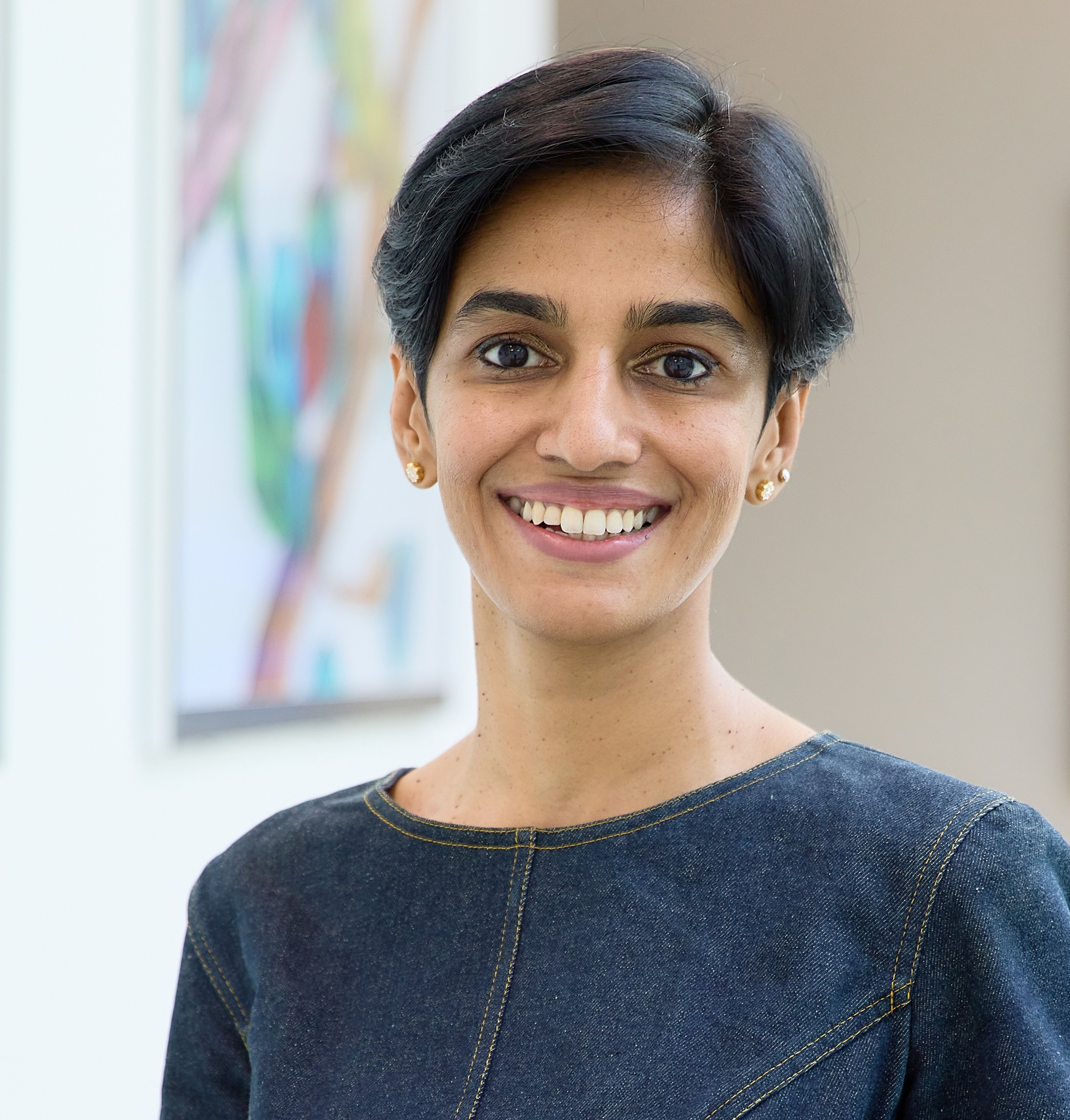NeuroAI: Using Experimental Data and Computational Models to Reveal the Operating Principles of a Biological Brain
We are a computational neuroscience lab where we bring together the fields of brain research and artificial intelligence/machine learning to figure out how the brain works. We use mathematical and computational models based on data collected from neuroscience experiments to design an artificial system that can perform realistic behaviors using only the machinery the biological nervous system has access to (i.e., neurons and synapses operating at a fast timescale). We build such systems and then we ‘reverse engineer’ them to reveal the operating principles of the real brain.
Our work is unified by the question of how slow cognitive processes such as learning, remembering, and deciding are accomplished by the cooperative activity of neurons and synapses working at a much faster time scale. Connecting neural network theory, artificial intelligence/machine learning, and experimental data analysis, we theorize how this gap in time scales is bridged by neural circuits in the brain. Although designed to use only the biophysical properties of synapses and neurons that form the nervous system, the models we build have the power to extend beyond the details of a single experiment, task, or brain region. They reveal unexpected design principles of the real brain, particularly the mechanisms and features that are responsible for producing or mediating many time-varying behaviors.
Our integrative theories and models can transform the way we study the brain, by making specific, quantifiable predictions that lead to new experiments and drive new hypotheses about how the brain works.
Nat Rev Neurosci
View full abstract on Pubmed
bioRxiv
View full abstract on Pubmed
Neuron
View full abstract on Pubmed
Curr Biol
View full abstract on Pubmed
Elife
View full abstract on Pubmed
Neuron
View full abstract on Pubmed
Sci Rep
View full abstract on Pubmed
Neurosurgery
View full abstract on Pubmed
